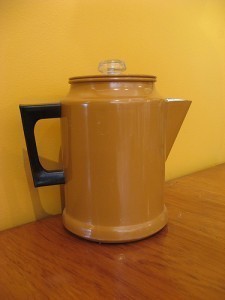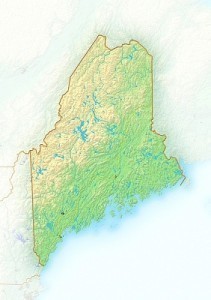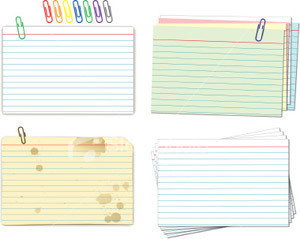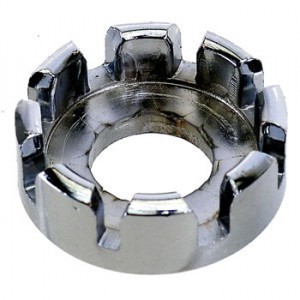Book Dimensions
The designations assigned to the different book  dimensions are based on a traditional system still employed up to now, wherein a page’s size is considered as a fraction of the sheet of paper it had been printed on. In the printing of a book, an even number of pages would be printed on each side of one large sheet of paper that is then folded in order for the pages to be sequenced in order. The names given to each book dimension refers to the fractional portion of the sheet that a page has taken up.
dimensions are based on a traditional system still employed up to now, wherein a page’s size is considered as a fraction of the sheet of paper it had been printed on. In the printing of a book, an even number of pages would be printed on each side of one large sheet of paper that is then folded in order for the pages to be sequenced in order. The names given to each book dimension refers to the fractional portion of the sheet that a page has taken up.
The only exception to this rule is the Folio, which is the label applied to the largest book sizes. There are four Folio classifications. The typical Folio is a book that measures up to 15 inches tall. The Elephant Folio measures up to a height of 23 inches. The Atlas Folio is measured at 25 inches, while the Double Elephant Folio is the largest at 50 inches.
The Quarto or 4to is a book that is roughly around 11-13 inches in height. This type of book is made by folding a sheet of paper twice in order to form 4 leaves, which is equivalent to 8 pages. The Octavo or 8vo measures an approximate width of 5 inches and a length of around 8 to 6×9 inches. The commonly used format for hardcover books, 8vo books are made by folding each sheet of paper to produce 8 leaves, equal to 16 pages.
The Twelvemo or 12mo (formerly known as Duodecimo) measures up to a length of 7 ¾ inches. The Sixteenmo or 16mo (currently known as Sextodecimo) is a book about 4 inches in width and 6 inches in length, made by folding each sheet 4 times to make up 16 leaves, equal to 32 pages. The Twentyfourmo or 24mo (previously known as Vincesimo-quarto or Vigesimo-quarto) comes to a height of up to 5 ¾ inches tall. Thirty-twomo or 32mo (formerly Trigesimo-segundo) measures up to 5 inches tall, with sheets folded 5 times to produce 32 leaves equal to 64 pages. Forty-eightmo or 48mo (previously Quadragesimo-octavo) measures up to a height of 4 inches, and Sixty-fourmo or 64mo (formerly Sexagesimo-quarto) is up to 3 inches tall, each sheet folded 6 times to make 64 leaves equivalent to 128 pages.
Aside from their distinctions in size, the various book dimensions also correspond to particular book formats. For instance, mass-market paperbacks, typically measured at a width of around 4 inches and a length 7 inches, are the common format for novels of literary genres such as romance, science fiction and mysteries. Larger-sized books such as trade paperbacks are usually the format for textbooks or graphic novels, and even larger volumes can take the form of hardcover encyclopedic reference books and the like. It would seem that the quality of a book can sometimes be dictated by its physical quantity.





